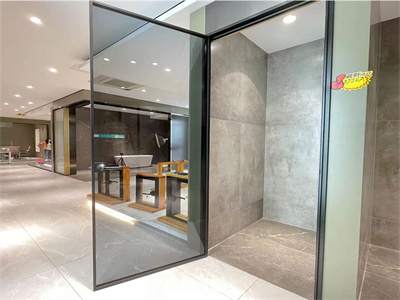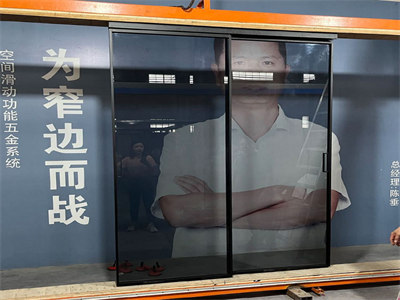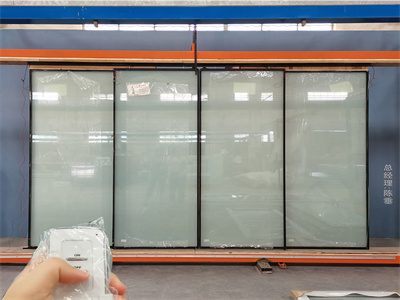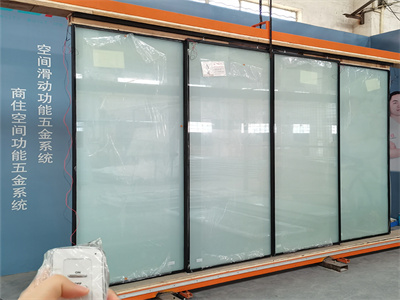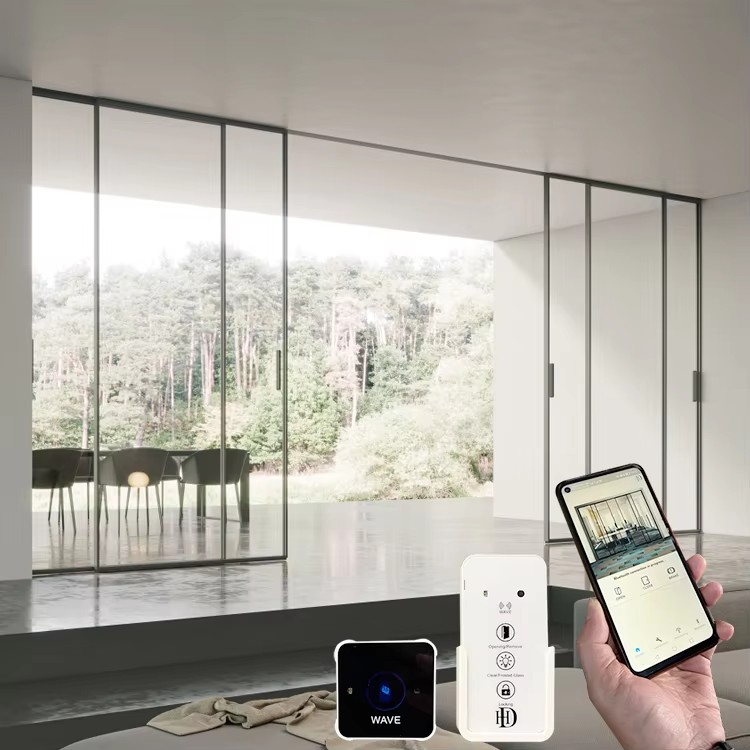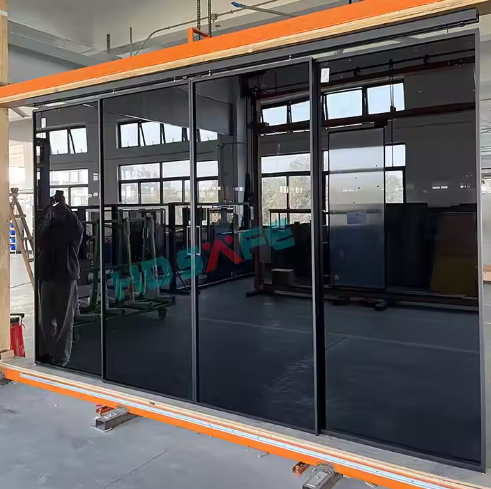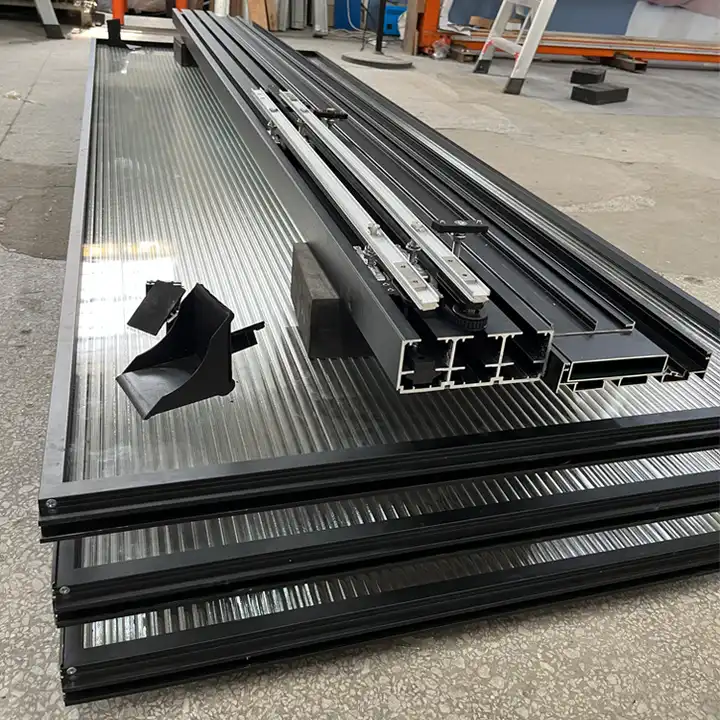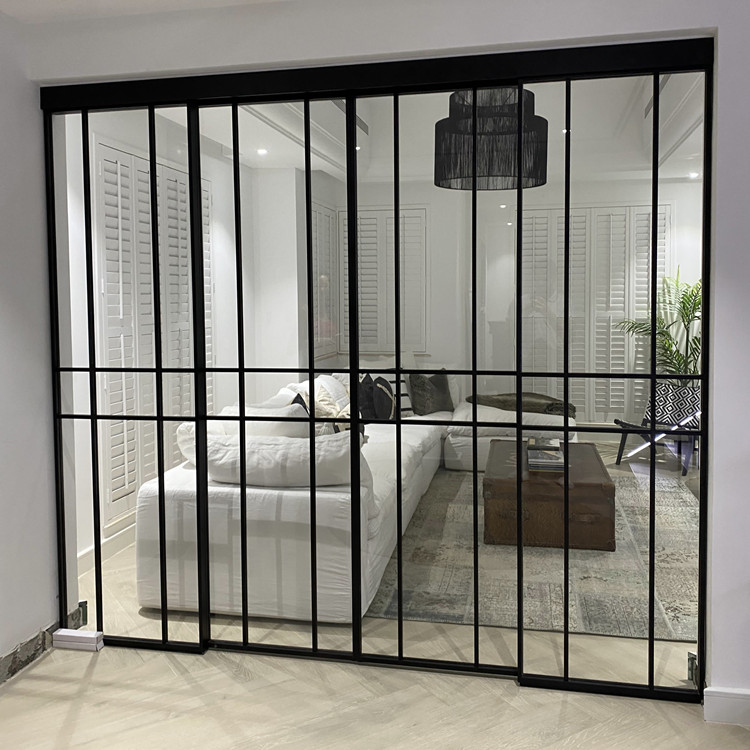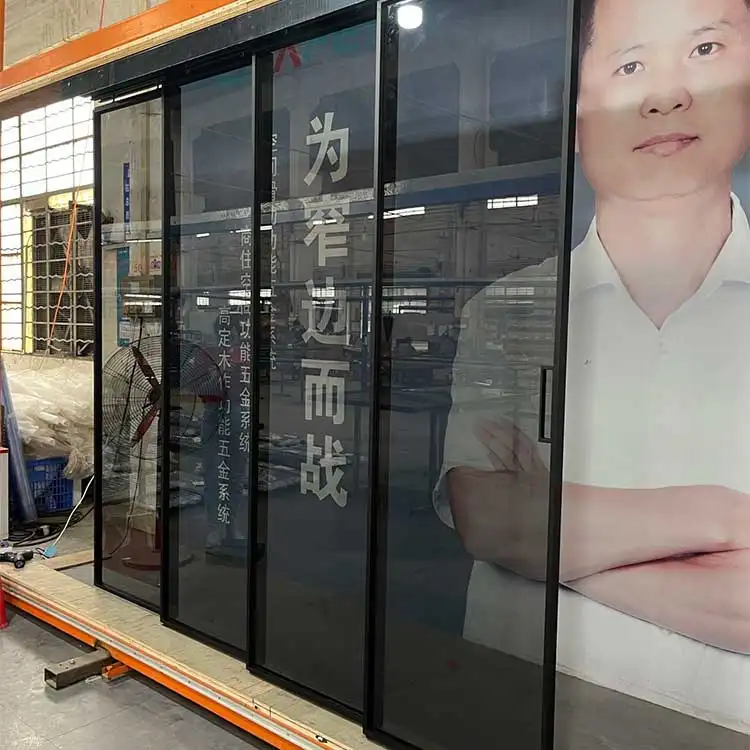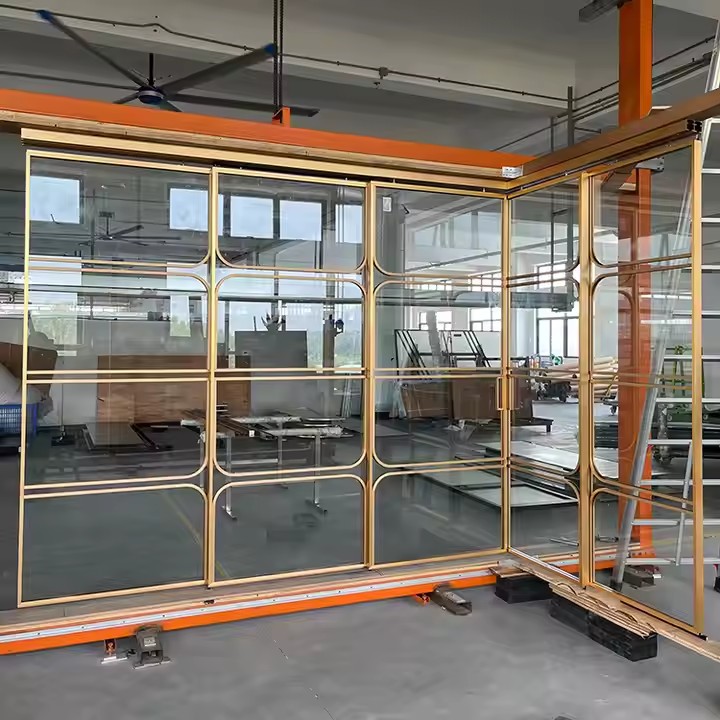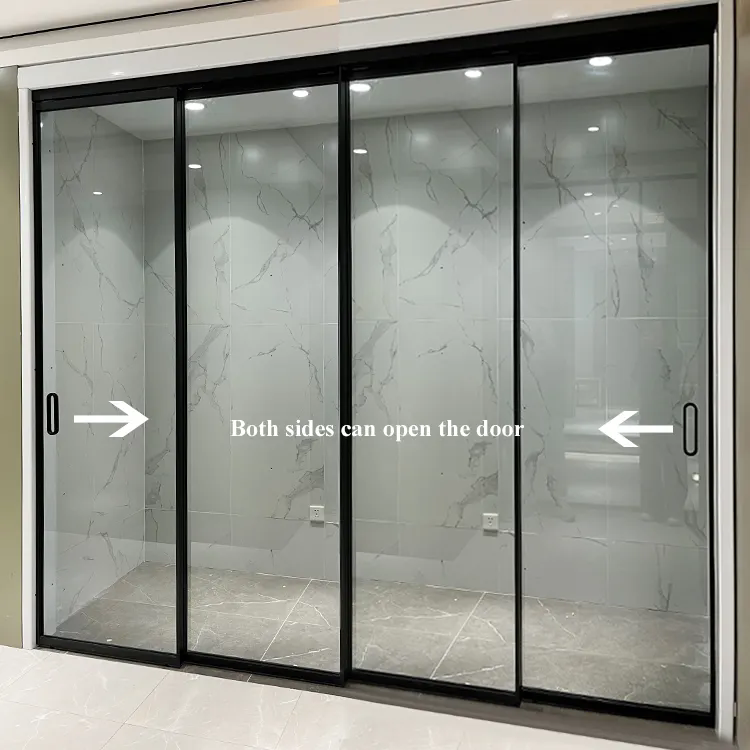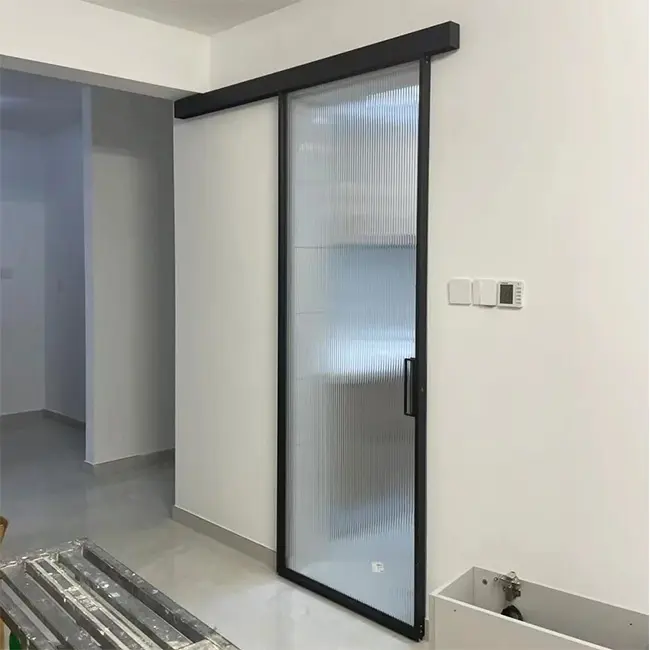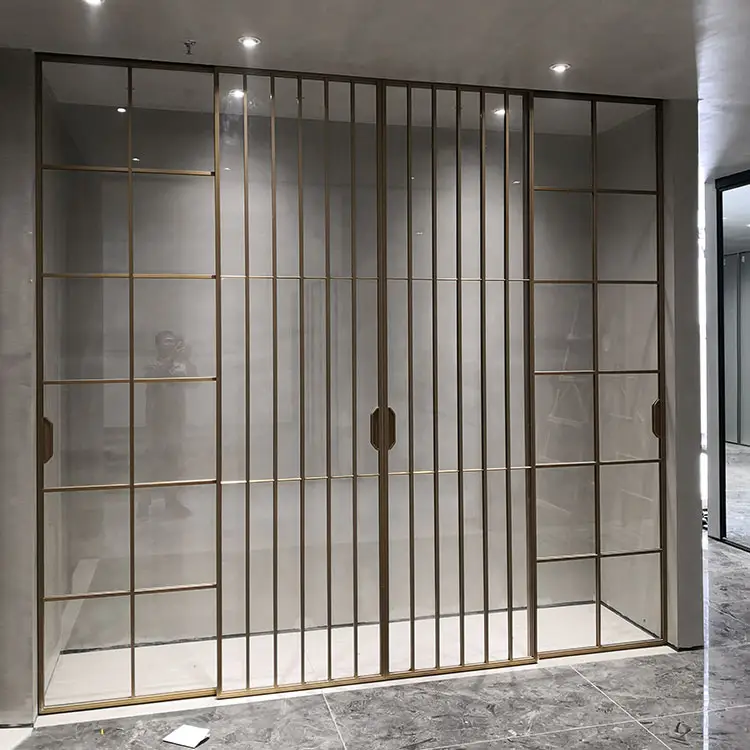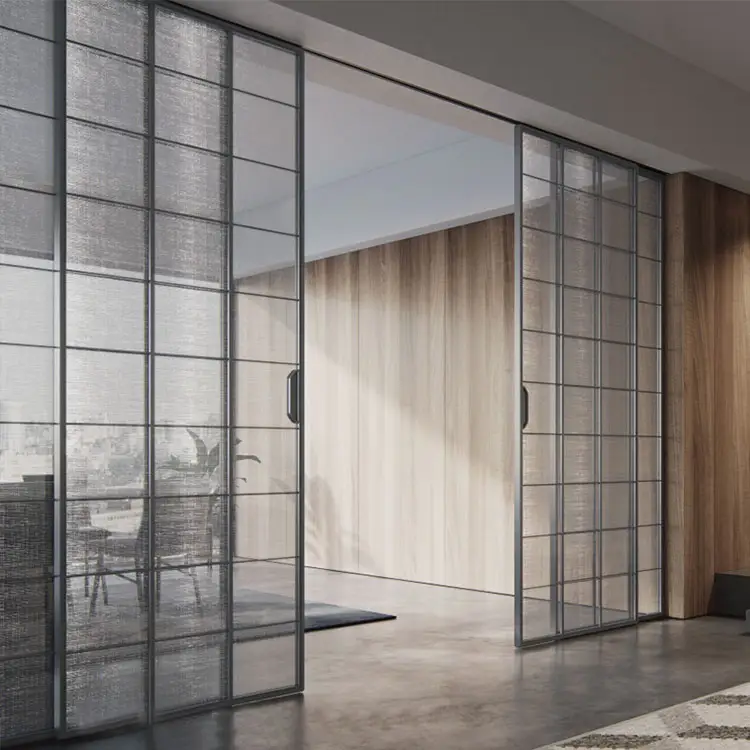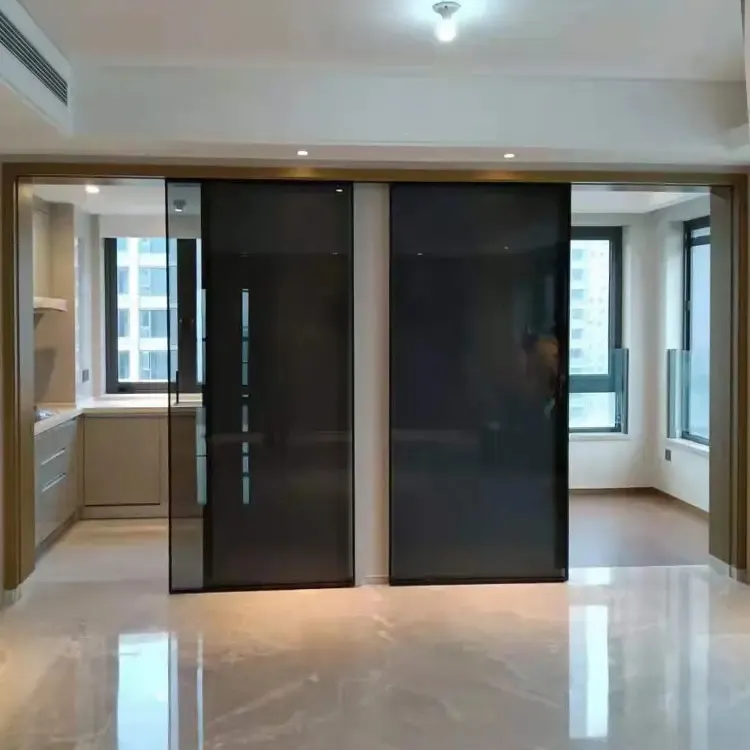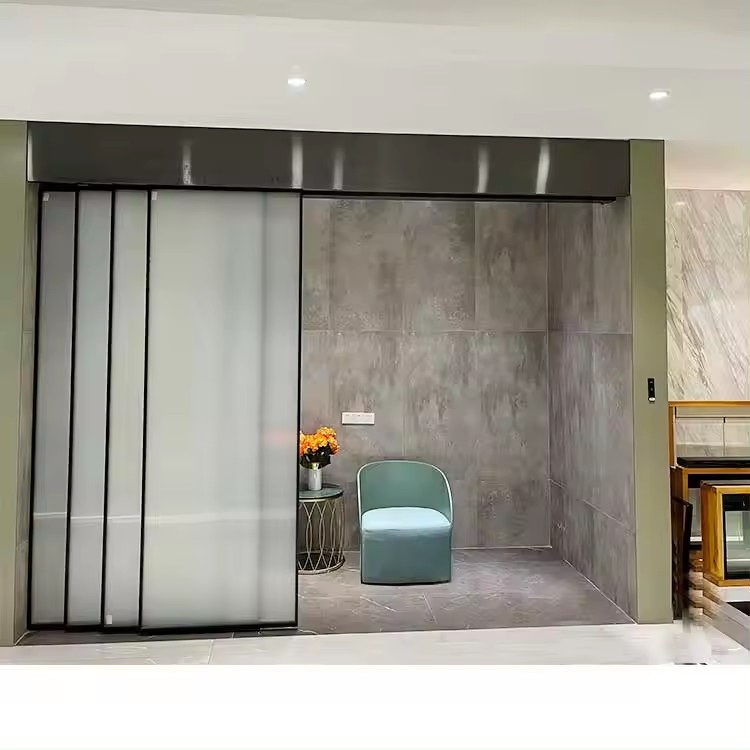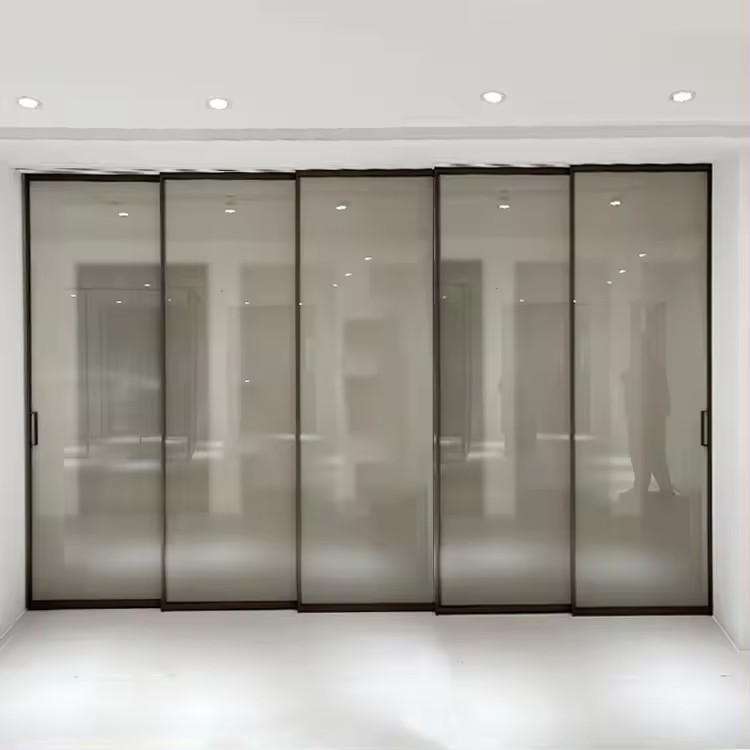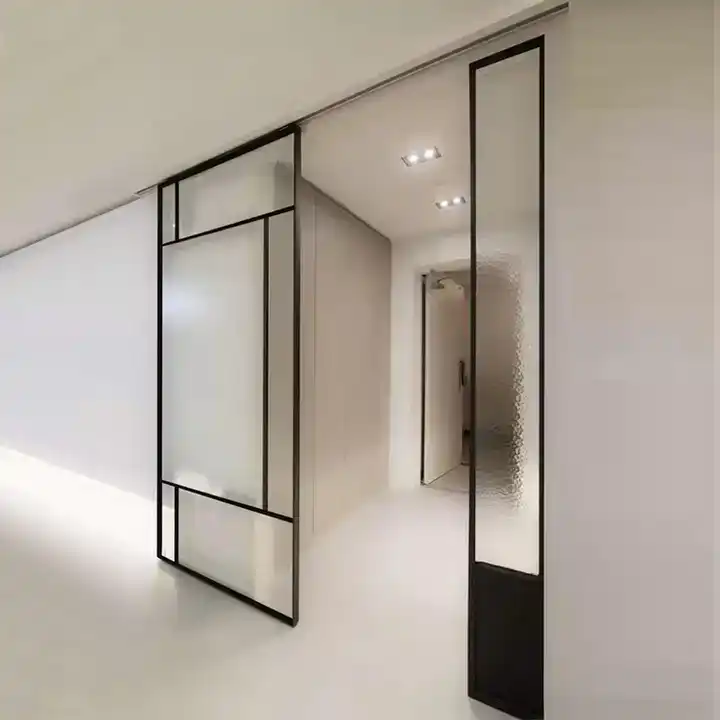The Evolution, Design, and Application of Glass Railings in Modern Architecture
Introduction
In the realm of contemporary architecture and interior design, glass railings have emerged as a symbol of elegance, functionality, and innovation. Once reserved for luxury spaces, they now grace everything from urban skyscrapers to suburban homes, redefining boundaries between safety and aesthetics. This article explores the multifaceted world of glass railings, delving into their materials, structural integrity, design versatility, installation processes, and the transformative impact they bring to modern spaces.
1. Materials and Construction: The Foundation of Glass Railings
Glass railings are not merely transparent barriers; they are engineered systems that combine advanced materials with precision craftsmanship.
A. Types of Glass
- Tempered Glass: The most common choice, tempered glass undergoes thermal or chemical treatment to increase strength. It is 4–5 times stronger than regular glass and shatters into small, blunt pieces if broken, enhancing safety.
- Laminated Glass: Comprising two or more glass layers bonded with a polyvinyl butyral (PVB) interlayer, laminated glass holds together when shattered, preventing falls and deterring forced entry.
- Low-Iron Glass: With reduced iron content, this ultra-clear glass minimizes greenish tints, offering pristine transparency ideal for high-end designs.
- Frosted or Textured Glass: Provides privacy while maintaining light transmission, often used in residential balconies or office partitions.
B. Supporting Frameworks
- Frameless Systems: Sleek and minimalist, these rely on stainless steel clamps or standoffs to secure glass panels without visible vertical posts.
- Semi-Framed Systems: Combine discreet horizontal or vertical metal rails (often stainless steel or aluminum) with glass panels for added rigidity.
- Full-Frame Systems: Feature robust metal frames that encase the glass edges, suitable for high-traffic or wind-prone areas.
C. Hardware Components
- Clamps and Standoffs: Stainless steel fittings that anchor glass panels to floors, walls, or stair treads.
- Handrails: Optional metal or wooden rails mounted atop glass panels for added grip and style.
- Base Shoes: U-shaped channels that secure the bottom edge of glass panels, often concealed for a seamless look.
2. Design Advantages: Merging Form and Function
Glass railings transcend traditional barriers, offering unique benefits that cater to both aesthetic and practical demands.
A. Unobstructed Views and Natural Light
By replacing bulky wooden or metal railings, glass maximizes sightlines and daylight penetration. This is particularly valuable in:
- Coastal properties with ocean vistas.
- Open-plan interiors where visual continuity is key.
- Small spaces needing an illusion of expansiveness.
B. Modern Aesthetics
- Minimalism: Frameless designs align with contemporary “less is more” philosophy.
- Versatility: Compatible with industrial, Scandinavian, or futuristic themes, depending on hardware finishes (e.g., brushed nickel, black matte).
- Customization: Glass can be tinted, printed, or back-painted to match branding or personal style.
C. Durability and Low Maintenance
- Resistant to corrosion, UV damage, and weathering when using tempered or laminated glass.
- Easy cleaning with standard glass cleaners, unlike wood (warping) or iron (rust).
D. Safety Compliance
- Meets international building codes (e.g., IRC, IBC) for height (typically 36–42 inches) and load-bearing capacity (50 lbs/ft lateral force).
- Laminated glass ensures fall prevention even if the outer layer cracks.
3. Installation: Precision and Expertise
Proper installation is critical to performance and longevity. Key steps include:
A. Site Assessment
- Evaluate structural support: Can floors/walls bear the weight of glass panels and hardware?
- Measure dimensions and slope (for staircases).
B. Mounting Techniques
- Post-Mounted: Vertical metal posts anchored to the substrate hold glass panels.
- Side-Mounted: Glass attaches to adjacent walls or beams.
- Cantilevered: Glass panels extend beyond the supporting structure for a floating effect.
C. Sealing and Weatherproofing
- Silicone sealants prevent water ingress in outdoor applications.
- Rubber gaskets in base shoes absorb vibrations and thermal expansion.
4. Applications Across Environments
Glass railings adapt to diverse settings, each with unique requirements:
A. Residential Spaces
- Balconies and Terraces: Enhance views without compromising safety.
- Staircases: Create airy, floating steps in modern homes.
- Pool Decks: Withstand humidity and chlorine exposure.
B. Commercial and Public Buildings
- Office Atriums: Foster transparency and collaboration.
- Retail Stores: Display products while guiding customer flow.
- Museums and Galleries: Protect exhibits without obstructing sightlines.
C. Hospitality and Luxury
- Hotels and Restaurants: Elevate guest experience with panoramic dining areas.
- Yachts and Penthouse Suites: Merge indoor and outdoor luxury.
5. Maintenance and Longevity
While low-maintenance, periodic care ensures optimal performance:
- Cleaning: Use ammonia-free solutions and microfiber cloths to avoid streaks.
- Inspection: Check for loose fittings, sealant cracks, or glass chips annually.
- Repairs: Replace damaged panels promptly to maintain structural integrity.
6. Future Trends and Innovations
The glass railing industry continues to evolve with technology:
- Smart Glass: Switchable privacy glass using PDLC films (activated by electricity).
- Eco-Friendly Materials: Recycled glass and low-carbon aluminum frameworks.
- Integrated Lighting: LED strips embedded in handrails or glass edges for nighttime ambiance.
Conclusion
Glass railings epitomize the marriage of engineering and artistry, transforming mundane barriers into statements of sophistication. Whether framing a city skyline or a suburban garden, they embody modernity’s pursuit of light, space, and seamless design. As technologies advance, glass railings will undoubtedly remain at the forefront of architectural innovation, proving that transparency can coexist with strength—and that boundaries, when beautifully designed, need not be seen.





 Home
Home Mar 25,2025
Mar 25,2025 
 The Art and Engineering of Glass Railings: A Deep Dive into Modern Boundary Solutions
The Art and Engineering of Glass Railings: A Deep Dive into Modern Boundary Solutions 
 Feb 10,2025
Feb 10,2025 

